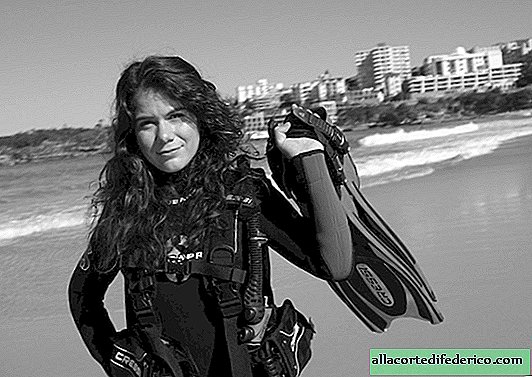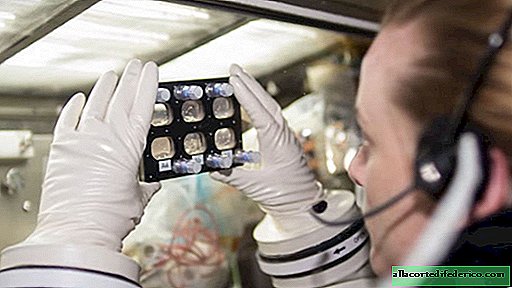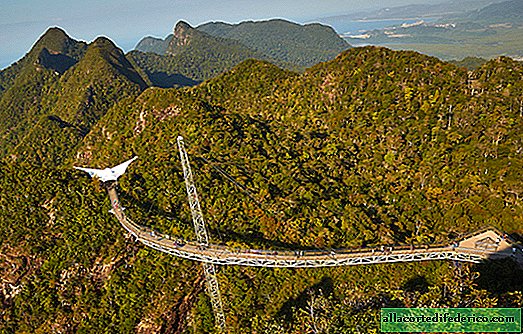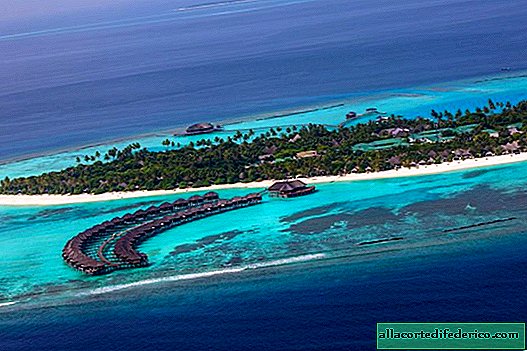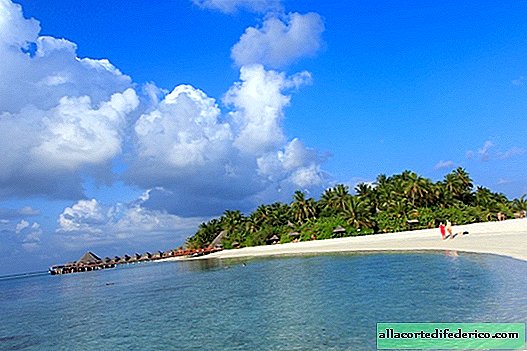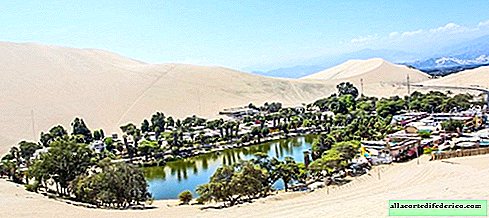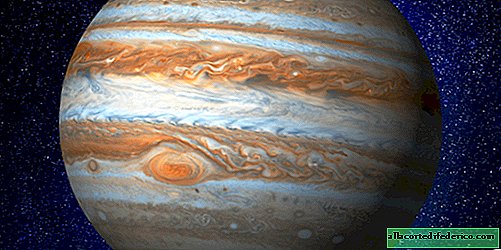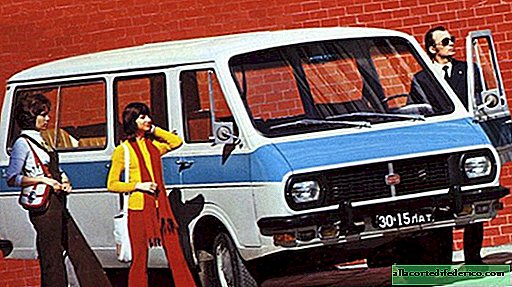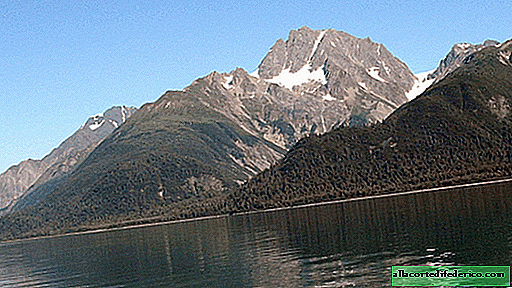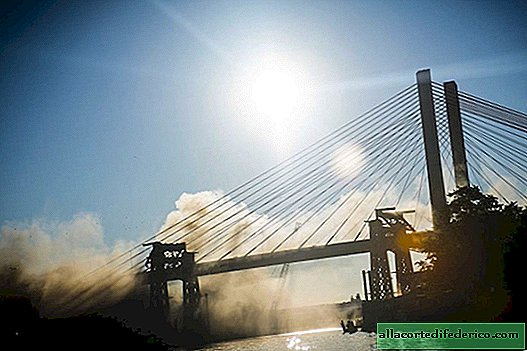5 other creations of the creator of the Eiffel Tower, which undeservedly remained in the shade
Gustav Eiffel is known for developing load-bearing structures for two grandiose structures: the Eiffel Tower and the Statue of Liberty. But few people know about other interesting projects thought out and embodied by this ingenious man.
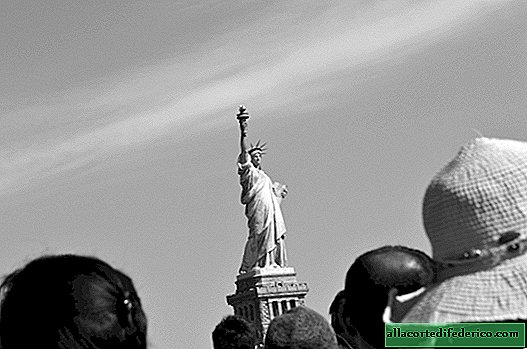
Career of the French Gustav Eiffel began with the fact that he failed the exams at the Polytechnic School of Paris. He had to go to the Paris School of Arts and Crafts, and after Eiffel never regretted it, because she made him "a creator, not a boring engineer." His works are known all over the world, they are the perfect fusion of artistic sophistication and engineering calculation.
For 91 years, the great architect has designed more than 200 different projects. These are schools, towers, bridges and a church.
The Eiffel’s first serious work is considered to be the Budapest station (Budapest-Nyugati pályaudvar - literally “West Station”), built at the arrival of the imperial couple - Franz Joseph and Sissi. The station turned out to be strict and luxurious, with domes and a glazed facade.

In 1881, the Basilica of San Sebastian was built in the capital of the Philippines. The history of the construction of this church in the neo-Gothic style is amazing.
The land for its construction was donated by don Bernardino Castillo back in 1621. After 30 years, a wooden church was built on it, which burned down very quickly. The church was rebuilt three more times, and each time it was destroyed by earthquakes and fires.
For the fifth time, it was decided to build it from iron. Gustav Eiffel designed the metal mounts and structure for the Spanish architect Gennaro Palacios. Construction lasted three years, and this church is still operating, being the only iron church in Asia.

In 1875, a competition was announced in the Portuguese city of Porto for the best design of a bridge over the Douro River. Among the 7 projects, the Eiffel proposal won. He developed a lattice design that is very lightweight, durable and cheap compared to solid ones. The task was further complicated by the fact that the coastal soil was very soft and did not hold driven piles. Eiffel gracefully solved this problem by throwing a suspended span 160 meters long across the river. The span rested on the coast, and it was additionally insured by metal pylons. The bridge of Maria Pia (Ponte Maria Pia) gives the impression of a light, openwork design, directed to heaven.

Another famous building by Gustav Eiffel was the astronomical observatory in Nice. In it, he designed a rotating dome weighing 100 tons. See how light and airy this huge thing seems.

In 1887, an iron house was built in Iquitos (Peru) by Gustav Eiffel.




